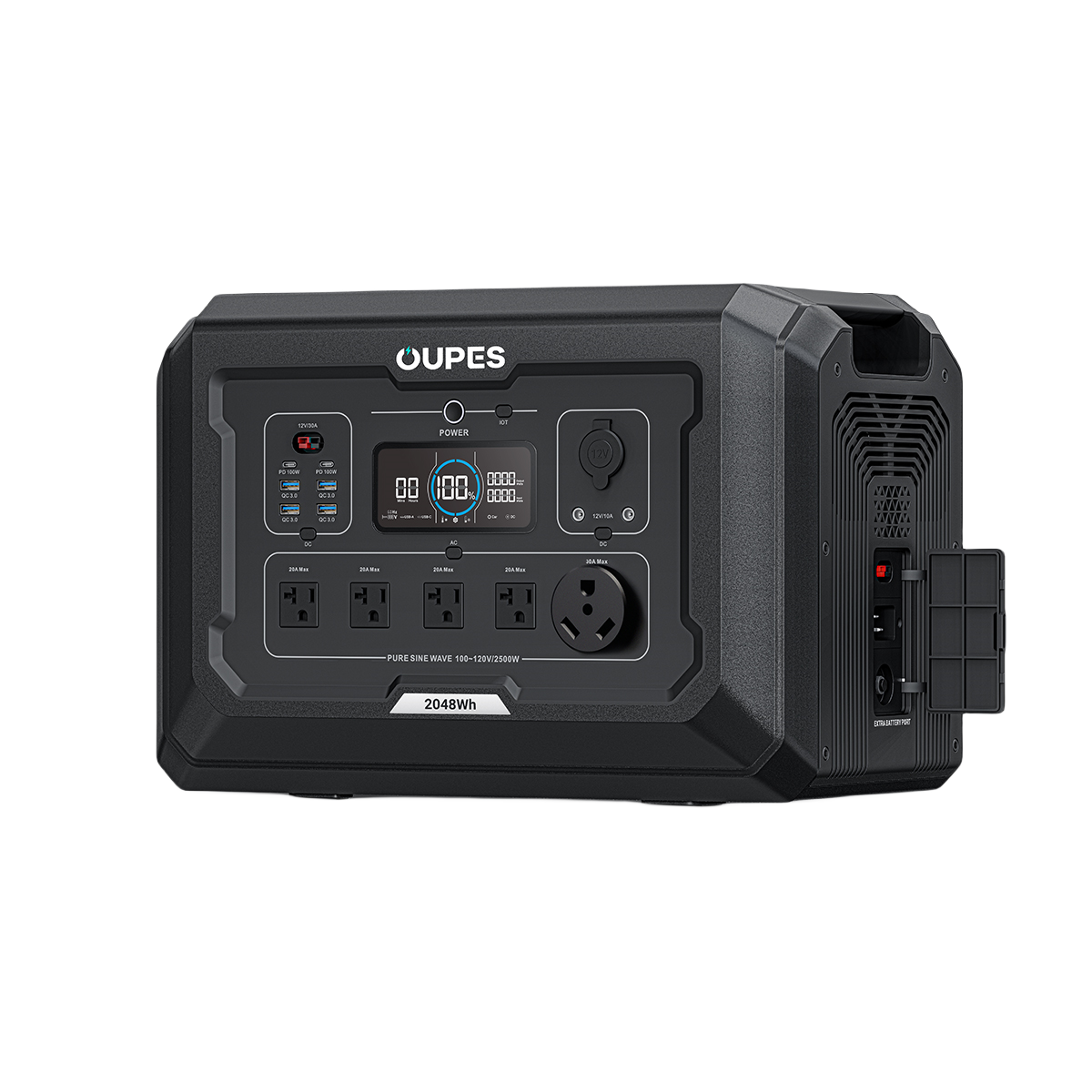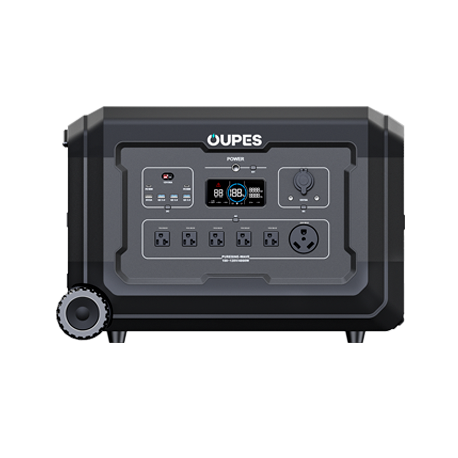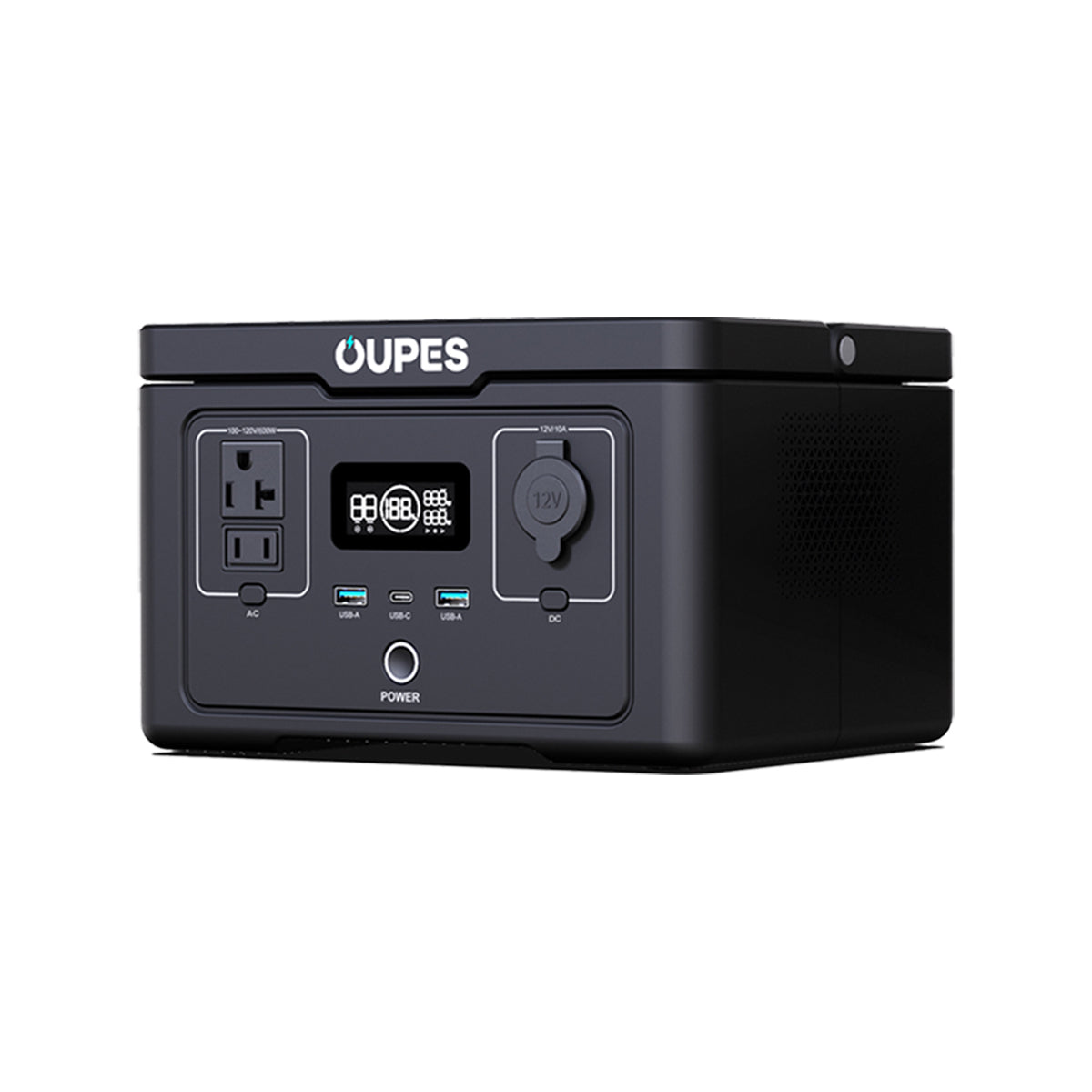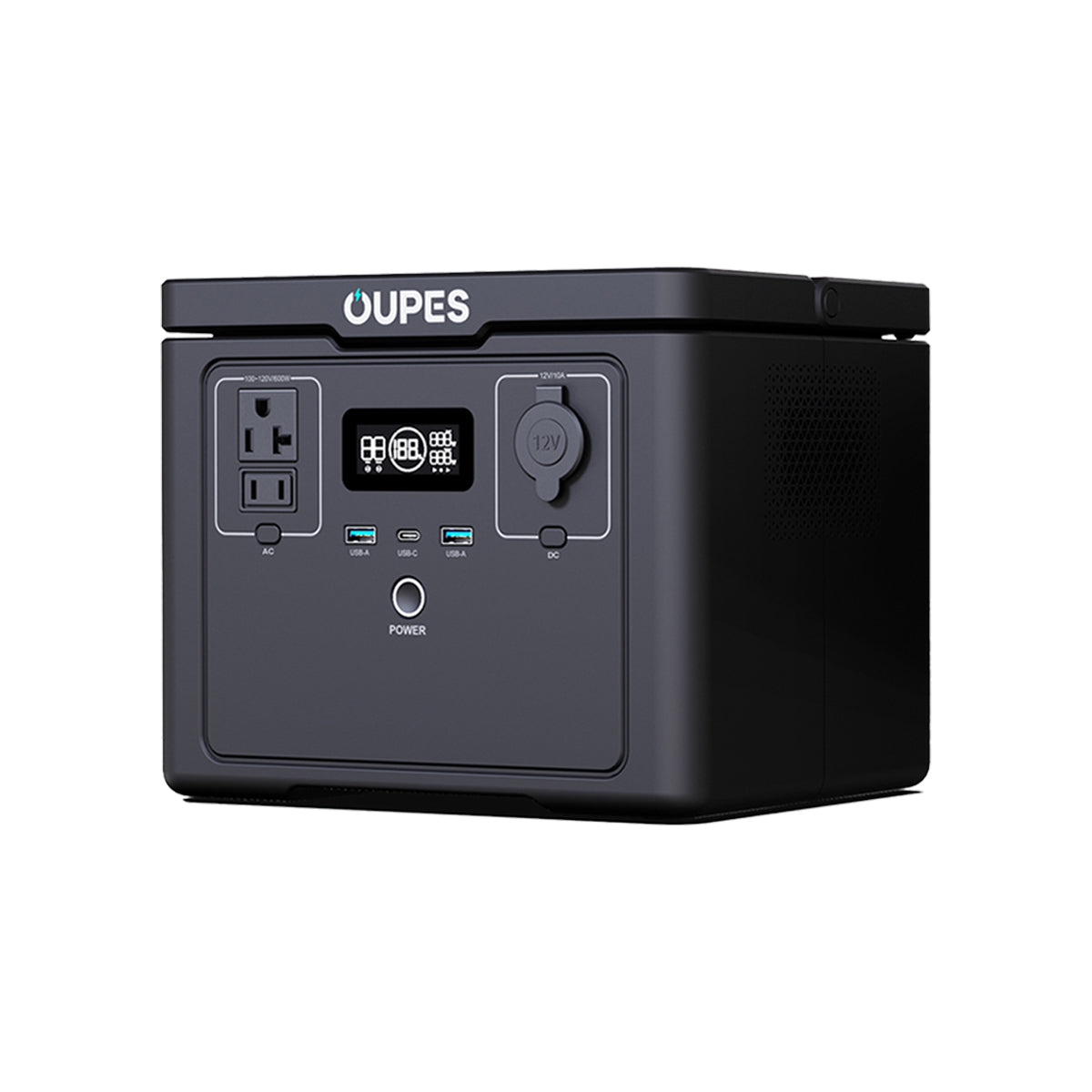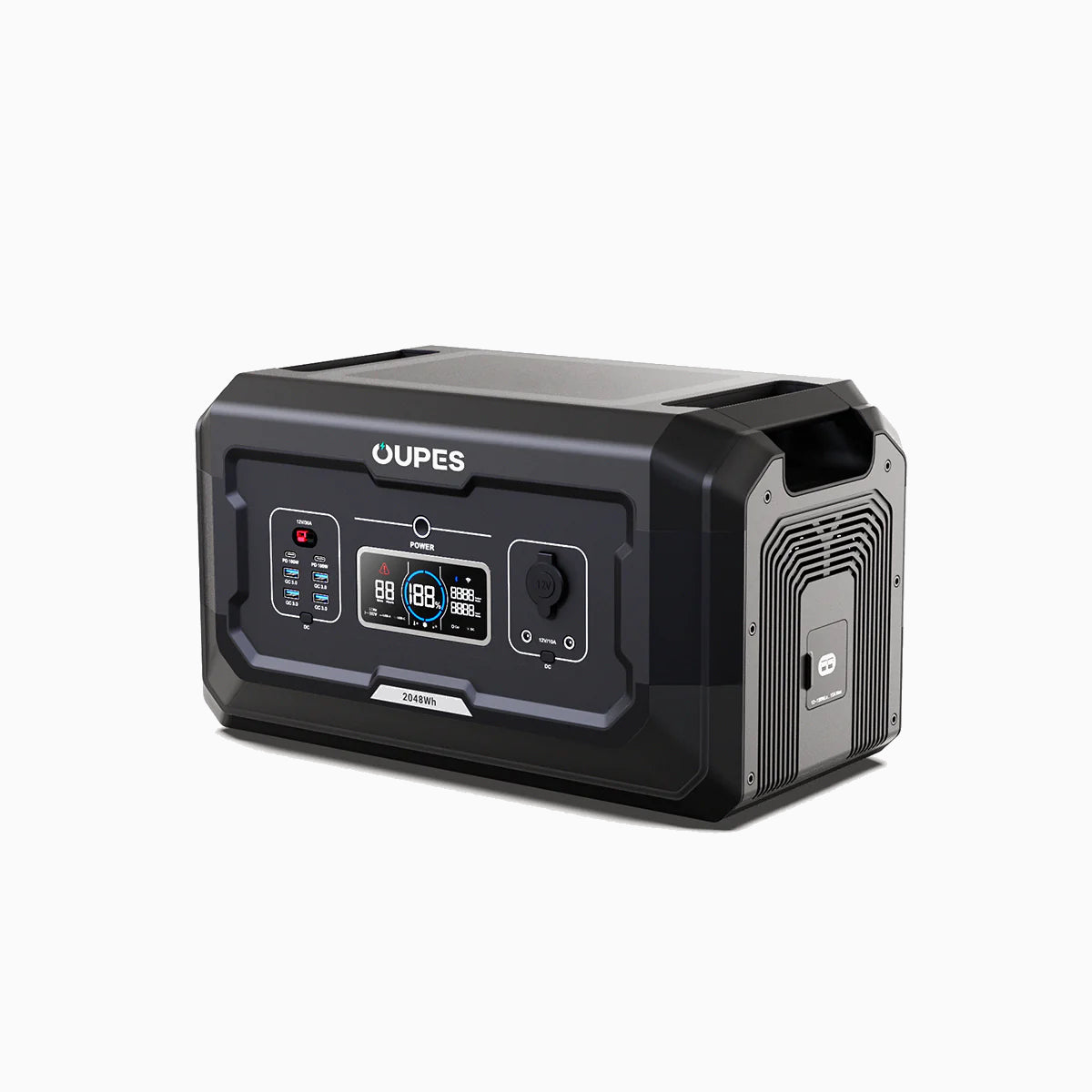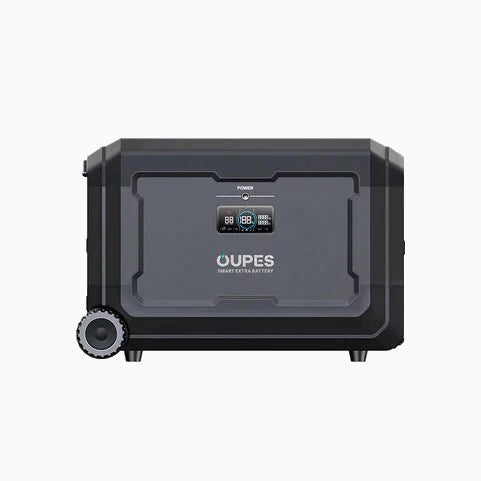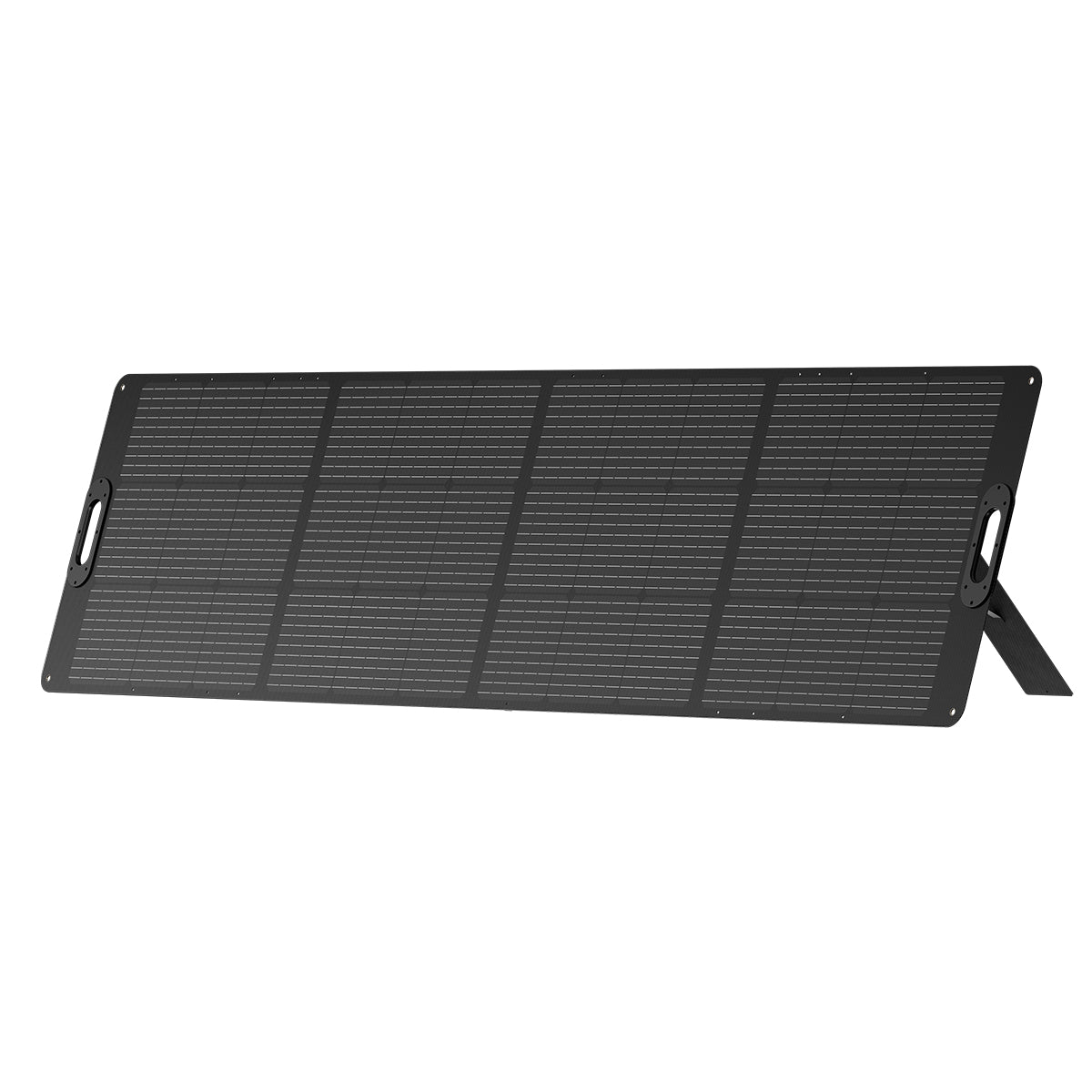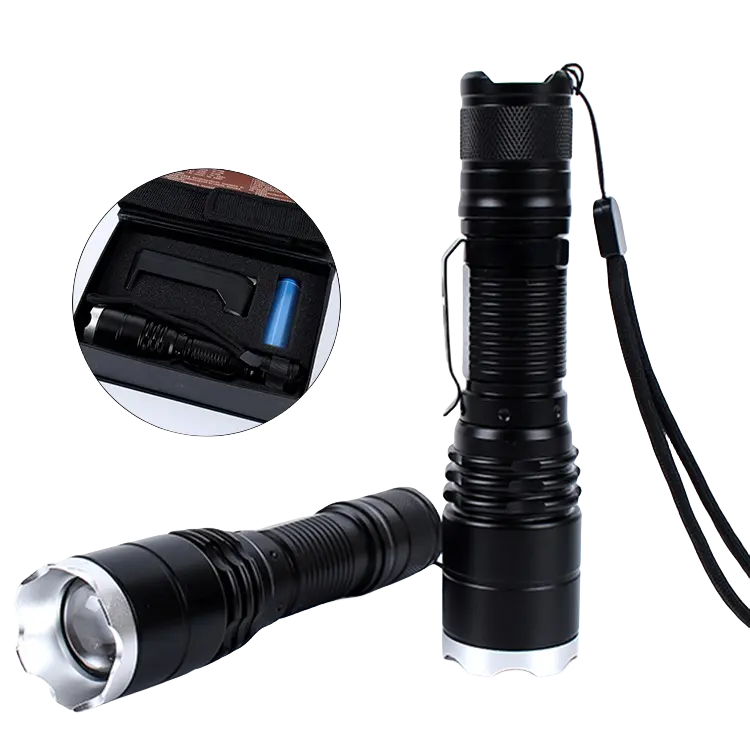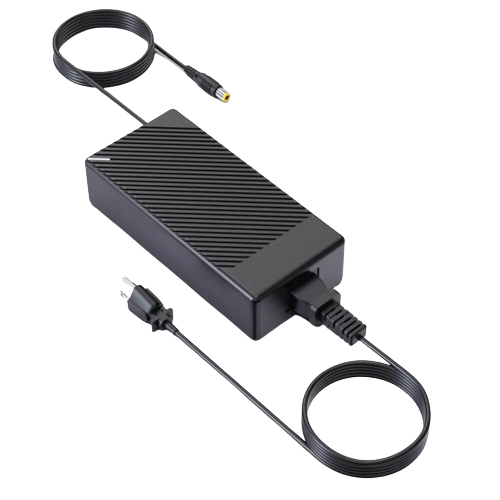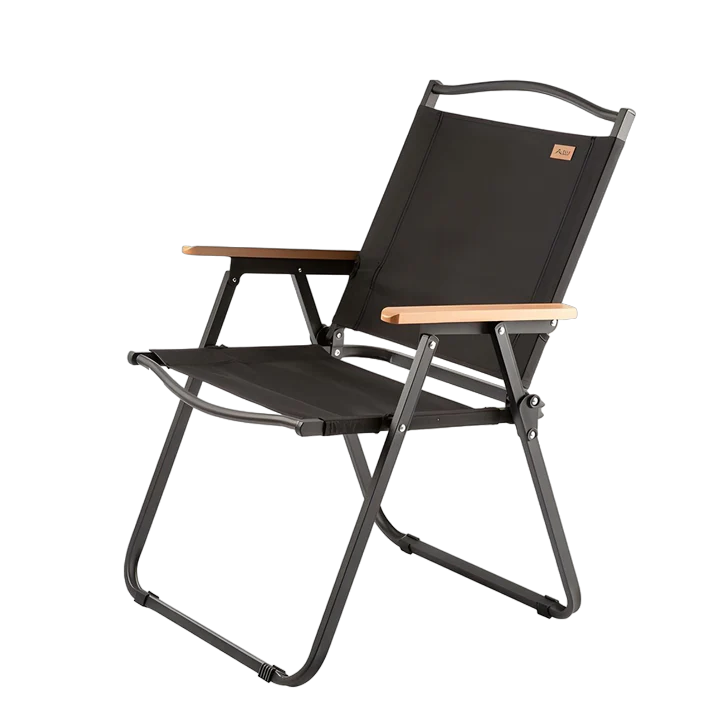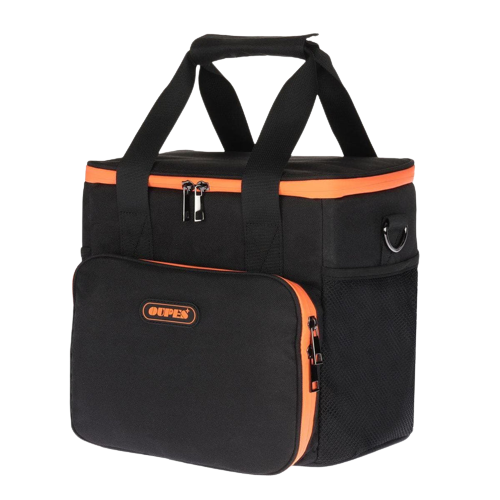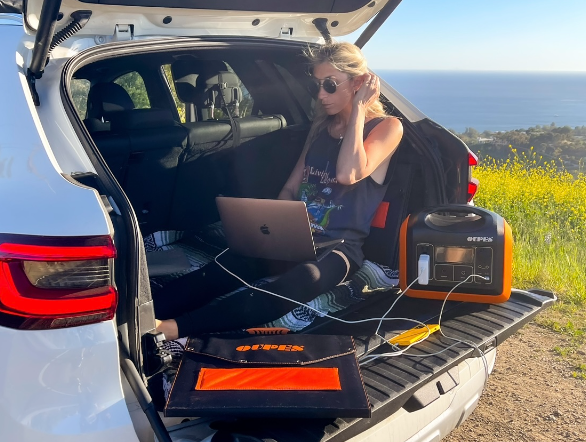How to Reduce Your Electric Bill Using a Portable Solar Generator
Can a Portable Solar Generator Power Your Whole House?
A portable solar generator captures energy from the sun via solar panels and stores it in a battery. They're very popular for RV trips, boating, camping, and as a backup during power outages. These generators have four main parts, namely:
- Solar panels to provide power
- A solar battery to store the electricity generates
- Charge controller to regulate the voltage applied to the battery
- Inverter to convert eh DC of the battery to AC for use in your home
Most solar generators can supply around 500 Wh to 1000 Wh of electricity. A modular solar generator can produce up to 2400 kWh, making them capable of powering most home appliances. The average American home uses 893 kWh per month. That translates to 1.24 kWh per hour or 29 kWh per day. To meet these needs, you'd need a solar generator that can produce 7.44 kWh to power your home for six hours.
Remember, solar generators aren't intended to run your home around the clock. They're ideal during a blackout when you're unlikely to have everything running at the same time. They're also a fantastic option if you want to unplug from the grid for a few hours to cut down your electricity bills. While they probably can't run all your appliances at once, you can plug some appliances into your generator once it's charged. Solar generators have several output options including USB-A and C, RV Port 30A, AC, 12VDC, 24VDC, and wireless charging pads.
How to Reduce Your Electricity Consumption
The first thing we can surmise from the above is that the lower your electricity usage, the more you can use your solar generator instead of mains power. Try these tips to reduce your electricity usage, so you can maximize your solar generator savings:
Manage External Factors
There's nothing you can do to ensure your home receives eight hours of blazing sunlight every day, but there are ways to make the most of what you get. Portable solar panels allow you to maximize their exposure to the sun. You can easily move them to the sunniest part of your property as necessary. Clean solar panels work best. With portable panels, you don't need to climb up onto your roof to keep them clean. It's easy to wipe them down and keep them free of debris.
Switch to Energy Saving Appliances
LED lights use 75% less electricity than incandescent lighting. They also last 25 times longer. When you switch to these energy-saving lights, you can use your generator for longer and add more appliances to the mix. If you switch to a gas-powered or tankless water heater, you'll save loads of money on electricity and reduce your home's energy demands considerably. The same applies if you switch to a gas oven and stove.
Plan Your Electricity Usage
Electricity rates are at their highest in the evenings when everyone's at home. A portable generator can help you avoid these peak charges. That's because you can charge your solar generator during the day, when electricity is at its cheapest, and use it to run lights, televisions, and laptops at night.
You'll need to juggle your cooking times and water heater usage accordingly if you run these appliances with electricity. Yet, the inconvenience is well worth the savings you'll enjoy by using your generators during peak times. Appliances with heating elements use huge amounts of energy and can strain your generator.
How to Calculate Your Home's Energy Needs
Once you've made these changes to reduce your home's energy consumption as much as possible, you need to recalculate how much energy you need when you go off the grid, and how long you'll need it for. Only then can you decide on the best portable solar generator to help you cut your power bills.
First, determine which appliances you want to use during these times. Then look up the specifications for each of these. Every appliance has specifications for how much voltage (V) and current (A) it needs to function. When you know these values, you can calculate the appliance's power rating, by multiplying V by A. Finally, decide how many hours you want to run your appliance for, e.g. 5 hours per day. For instance, to keep an average fridge running for five hours, you'll need to do the following calculation:
Power (W) x hours of autonomy (h) = energy demand (Wh), i.e. 450 W x 5h = 2250 Wh.
That means you'll need a solar generator with a capacity of 2250 Wh to run your fridge for the desired time. You should do the same calculation for all your appliances and add the totals together to calculate your energy needs. You must always choose a generator that can supply a little more than you need. That's because the recommended depth of discharge for generator batteries is around 80%. The inverter's efficiency can also impact how much power your solar generator ultimately provides. Once you've done these calculations, you'll also have the satisfaction of knowing how much energy you'll save by using your generator instead of mains power.

Why Choose Generator Power?
Unlike regular gas- or diesel-powered generators, solar versions don't emit harmful carbon emissions or cost you any money beyond the purchase price. This makes them the ultimate solution during a blackout or natural disaster, and a wise choice for eco-conscious homeowners. They're cheaper than a full solar installation, and you can use them on camping trips or for outdoor events. Are you keen to discover genuine energy savings? Browse our product range to find your perfect portable solar generator, and switch to savings today.

